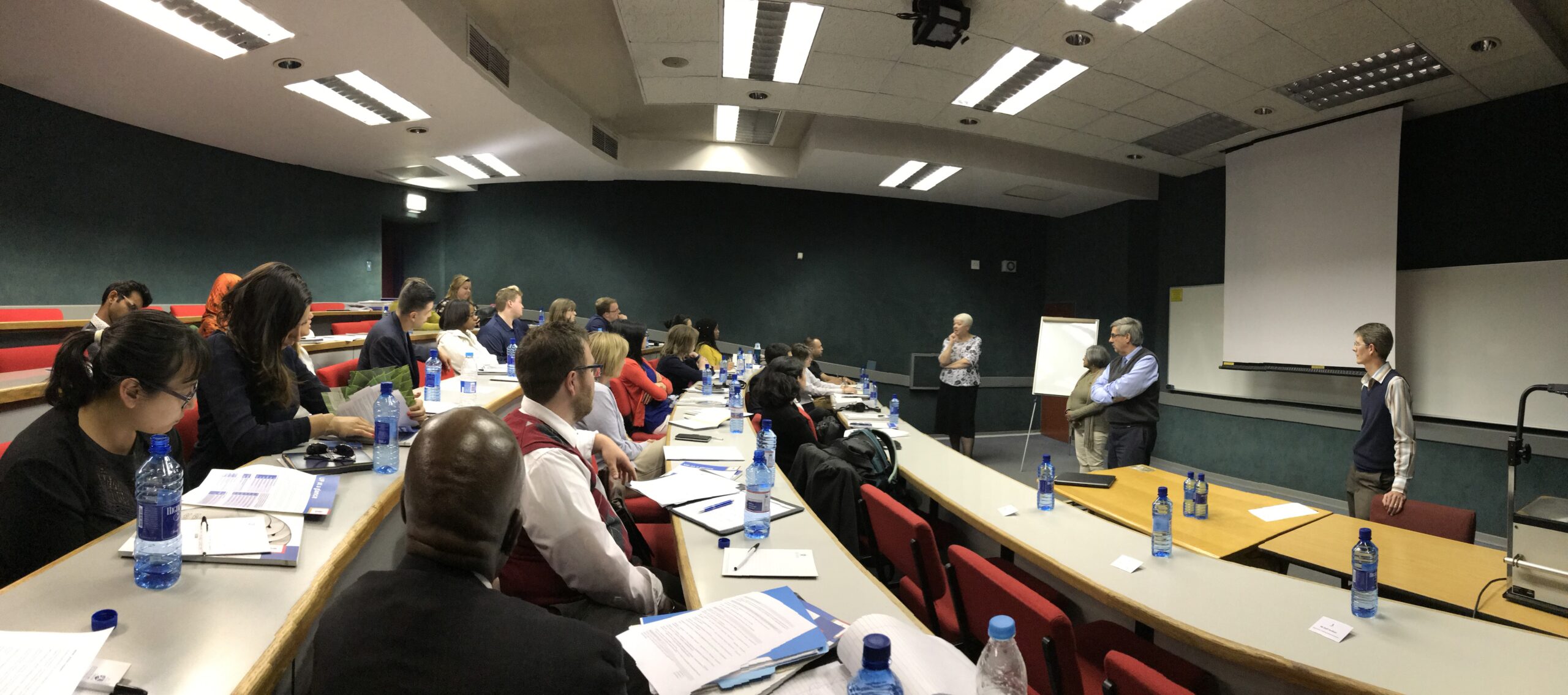The University of Pretoria’s (UP) efforts to support and retain historically underrepresented students (through put rates) is our topic of discussion with Patricia Smit, head of Research Capacity. She also discusses UP’s institutional research themes: malaria, energy and food security — all issues important and timely to South Africa — which are part of the University of Pretoria’s “UP2025” vision document.
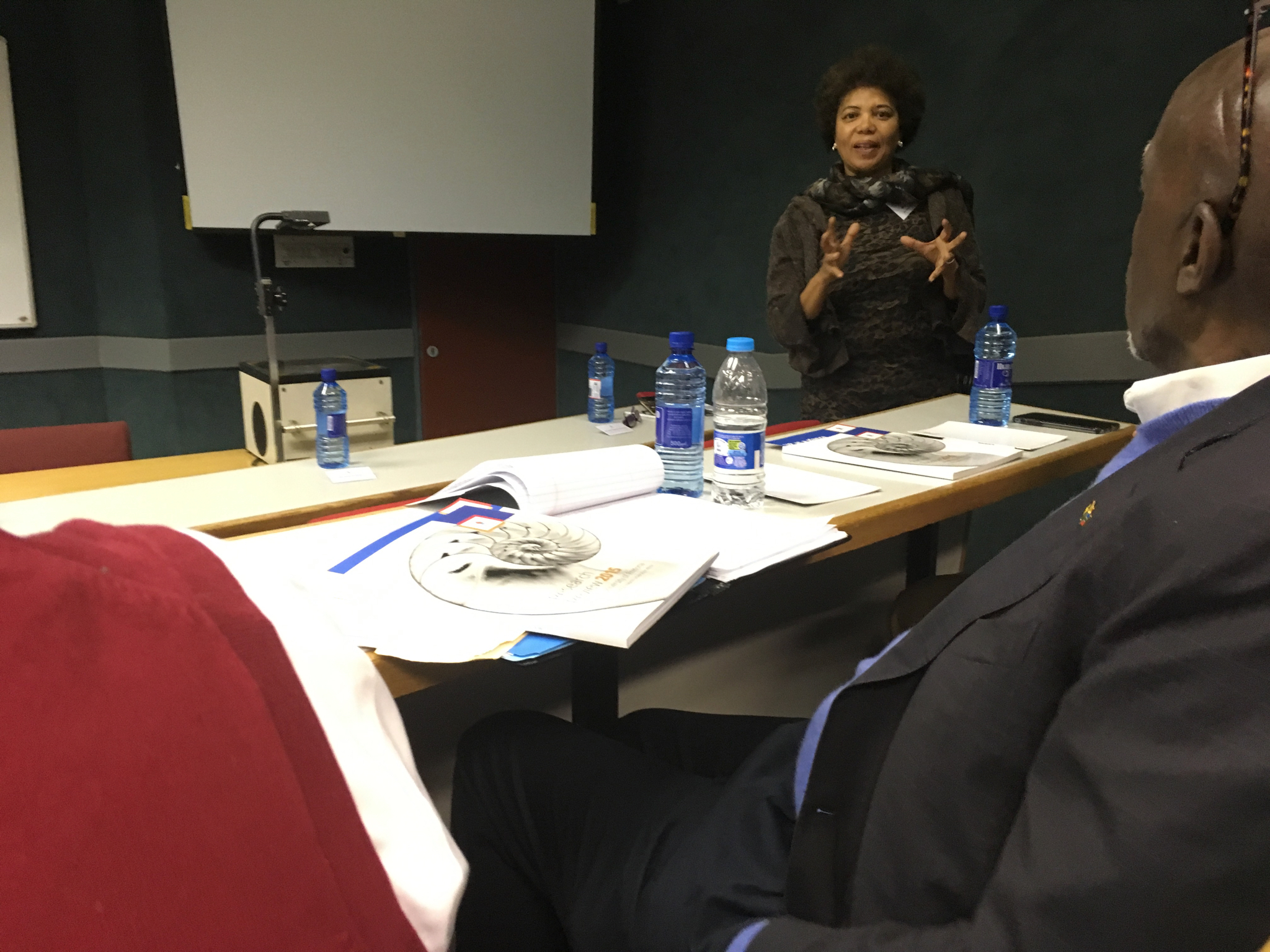
Dr. Wendy Kilfoil, director of the Department for Education Innovation, provides our group with an overview of the University of Pretoria. She is joined by colleagues Ana Naidoo (deputy director of Academic Development), Dolf Jordaan (deputy director of E-Learning & Media Development) and Juan-Claude Lemmens (head of Higher Education Research & Innovation). Each shares data and details about how the institution measures success in the areas of teaching, learning, and student retention. They also discuss the challenges of and some unique strategies for being a commuter campus, especially when students travel from great distances via public transportation.
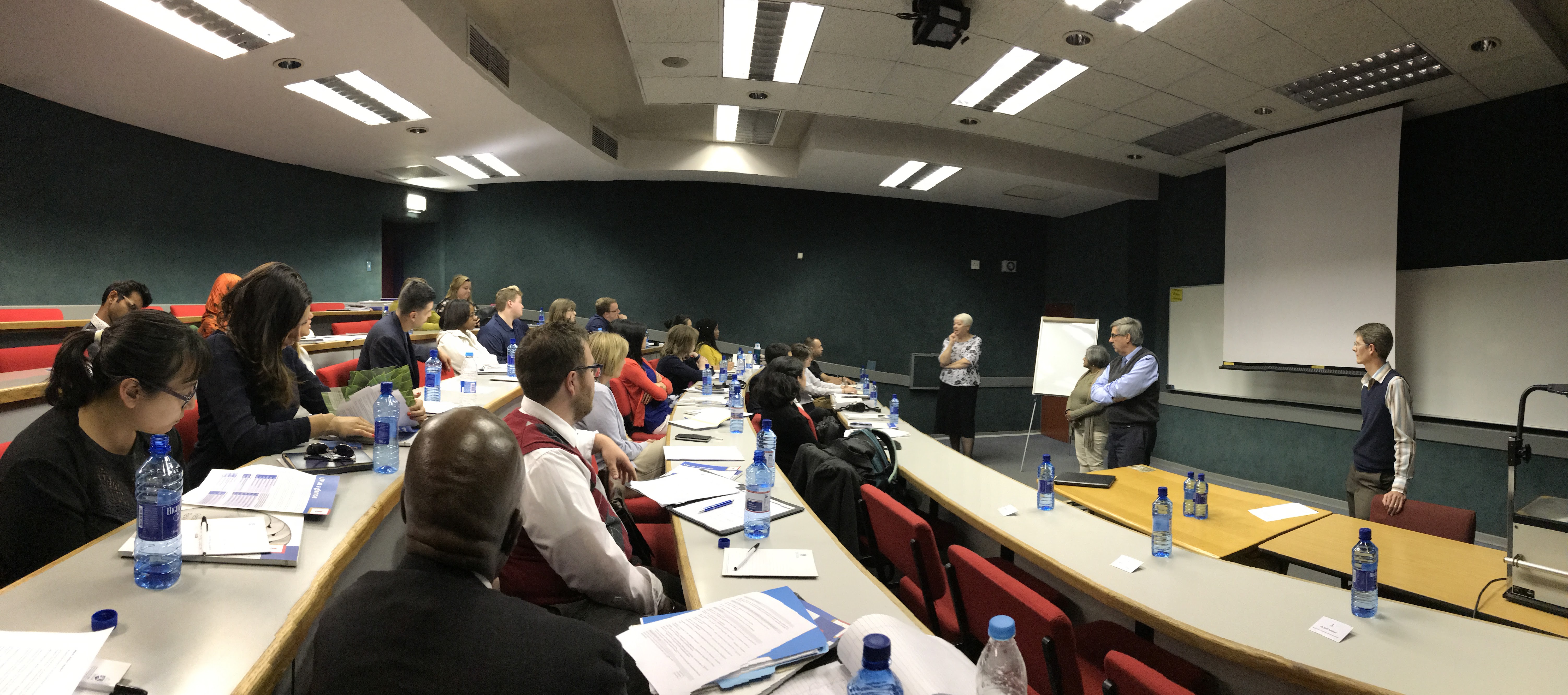
One particularly interesting thing we learn about is a tool created by Dr Lemmens. His team has developed a career path navigator called App.tizer which we discover during the SANRC 1st-year experience conference (in Johannesburg) is rather broadly used by students and highly regarded by colleagues. This on-line tool helps students consider career pathways and select appropriate course accordingly. At UP, the number one reason for student drop outs is attributed to program mismatch. (Students begin a program of study without a clear understanding of what career the coursework leads toward. Although they are able to transfer between programs, this initial mismatch puts them behind and they are still counted as a “drop out” in the initial program.) The App.tizer tool reduces the instances of mismatch by pointing students in the right directions before they begin taking classes.
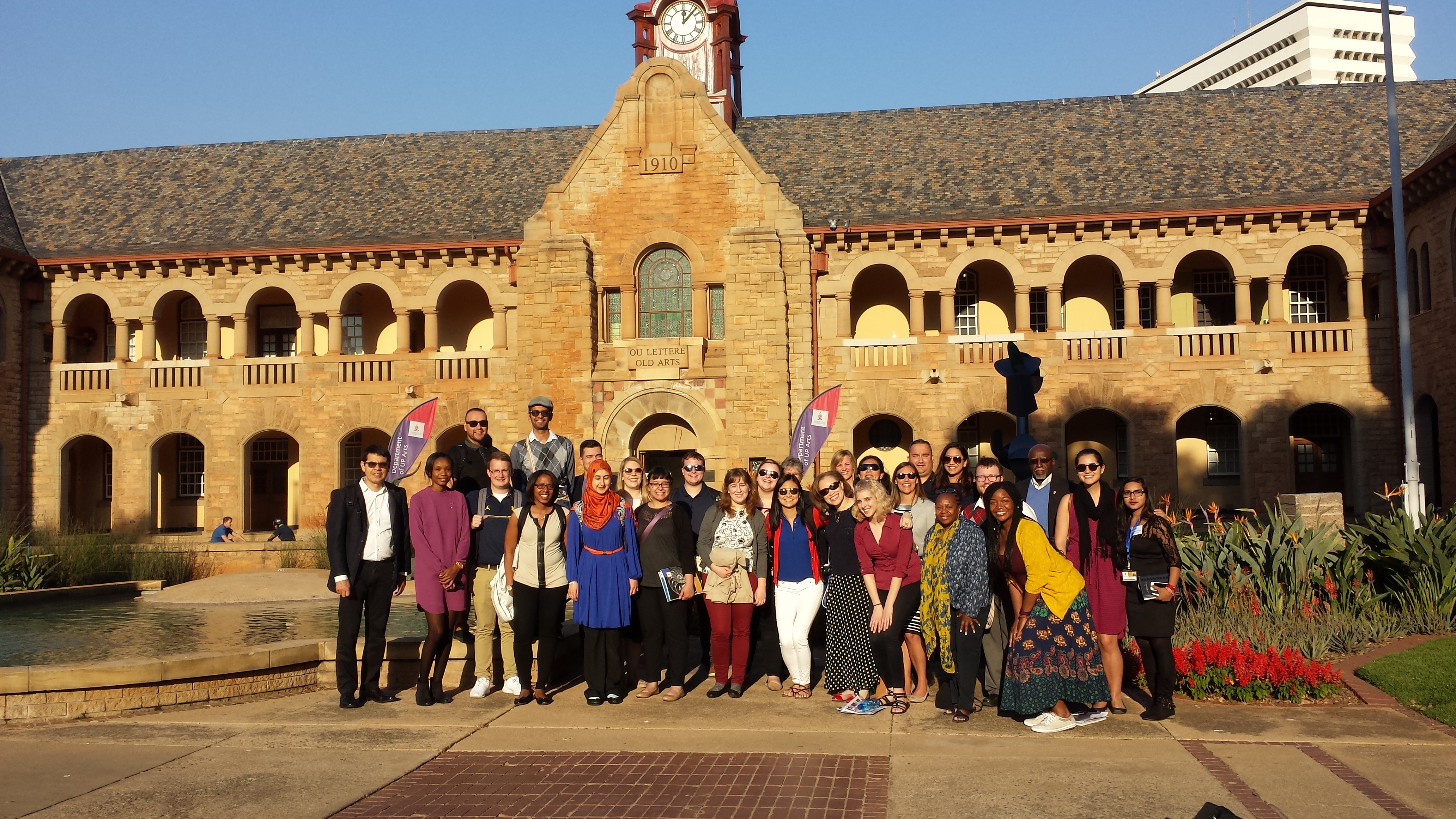
University of Pretoria
As I set foot on the campus of the University of Pretoria, I had the sense of history preserved in modernity. I was struck by the signs written on the buildings in both Afrikaans and English—a testament to the university’s roots as a historically White institution—which currently serves a more linguistically, culturally, and ethnically diverse student body. Further, walking through the university’s beautiful campus, I grappled with the notion of transformation as I considered the seemingly permanent, unchanging nature of the institutions’ physical structures and the clear evolution of the student body moving through those spaces.
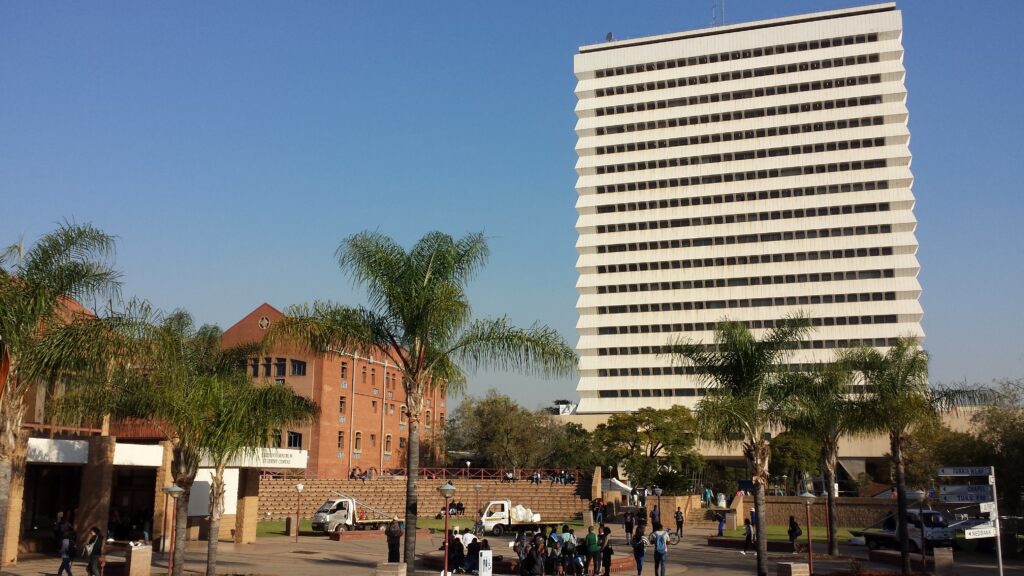
My personal reflections were echoed in the discussion with faculty members and administrators at the University of Pretoria that afternoon. The panel shared that the University of Pretoria is working diligently to meet the goals of its Strategic Plan – 2025. According to the University of Pretoria’s strategic plan, the institution aims to increase student access and graduation rates, while recruiting an increasingly diverse student body. Additionally, the university is working to establish itself as a leading research-intensive institution and strive for excellence in teaching and learning. To reach these goals, the university is undertaking new initiatives, such as the establishment of a departmental student advising program to support student success. The university is also strengthening its assessment and evaluation of teaching and learning practices to improve the overall student experience. Acknowledging its exclusionary past, the University of Pretoria is working to move forward and cultivate a collaborative, innovative, and supportive academic environment for its students. Although the university has much to accomplish in order to reach its 2025 year-end goals, their lofty aspirations were a reminder that true transformation does not occur overnight and an institution’s aims should remain high to discourage complacency.
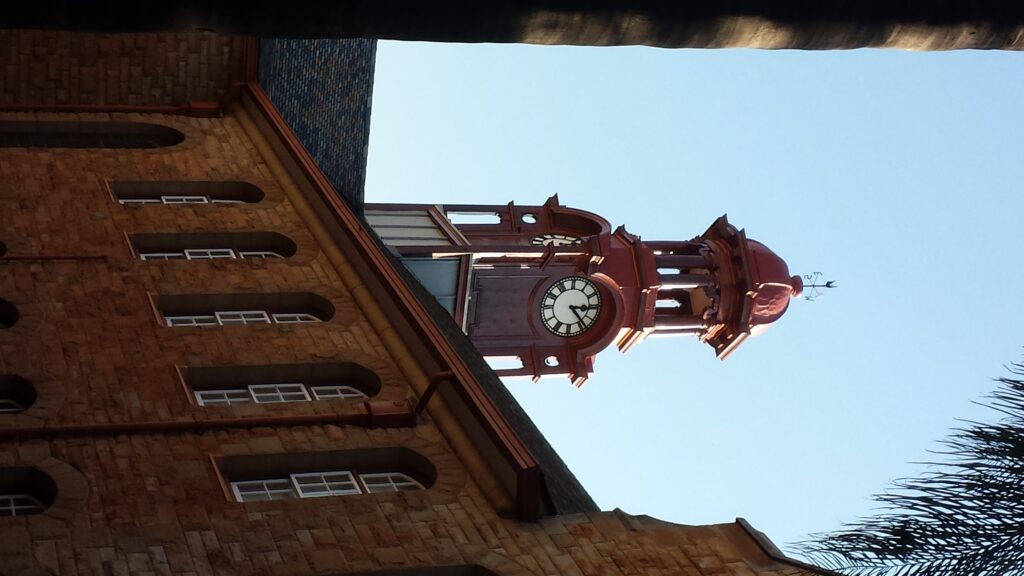
After the panel discussion, we took a walking tour of the campus. Near the conclusion of the tour, my thoughts came full circle as our guide explained the festive signage decorating the Faculty of Theology building. She shared with us that the Faculty of Theology was celebrating its centennial year of existence. The emblem chosen to commemorate this momentous milestone was an image of an open gate, symbolizing an invitation for “all who seek to enter.” The gate also serves as an acknowledgement of the university’s previous exclusion of marginalized populations and represents the university’s renewed commitment to welcome all, regardless of the identities and ideologies a person may hold. Finally, the original wooden gates that stood at the entrance of the University of Pretoria over 100 years ago are fixed in an open position in front of the Faculty of Theology. The same gates that provided the privilege of exclusivity for some and barred the access of many now stand open wide. For every university constituent, or international passerby like me, I pray that those open gates endure the passage of time and reveal the path to true transformation.
–Christina S. Morton, PhD candidate

